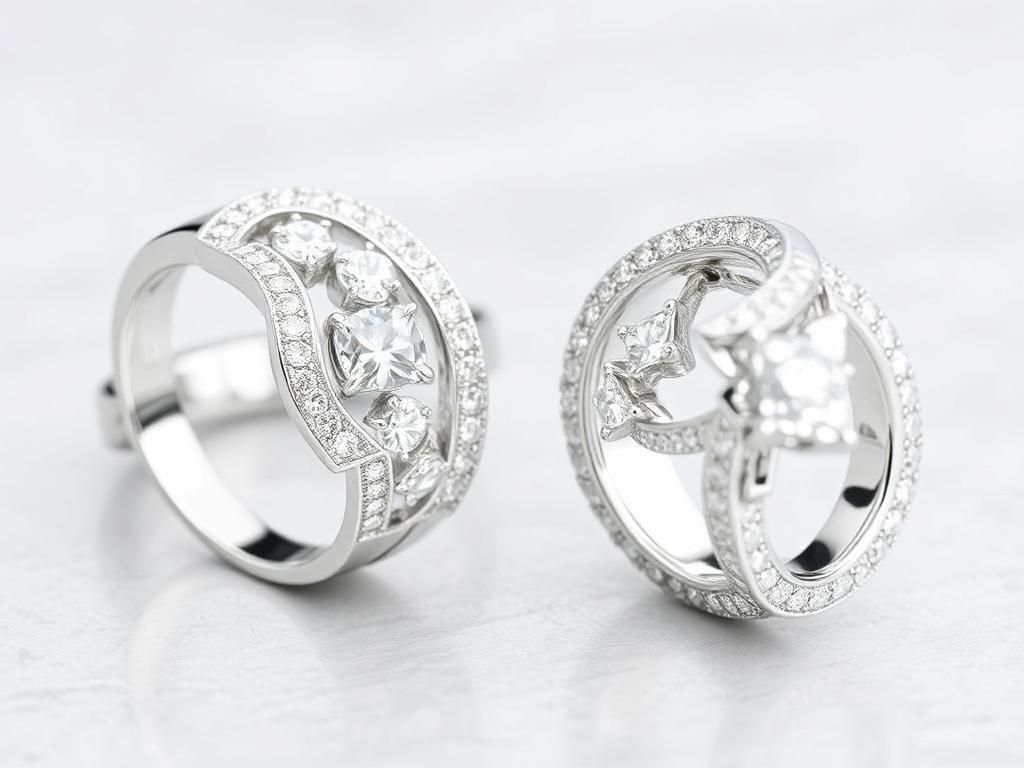The phenomenon of unique individuals has always captivated society. From artists to activists, these stories provide insight into our shared humanity, revealing struggles that resonate deeply with many. The tale of Hang Mioku is one such narrative that underscores the complexities of identity, self-image, and societal pressures.
Hang Mioku, a woman whose life spiraled into tragedy due to her quest for beauty, serves as a stark reminder of the influences that shape our perception of ourselves. Her story begins in South Korea, where her challenges with body image led her on a desperate journey that ultimately cost her dearly. This article aims to delve into Hang’s life, exploring her struggles, the societal impact of her choices, and what her journey teaches us about empathy and mental health.
Early Life and Background
Childhood and Family
Born in 1963 in South Korea, Hang Mioku grew up in a relatively stable household. Her family provided a supportive environment during her early years, but the cultural influences surrounding beauty and success began to take a toll on her self-esteem as she entered adolescence. The pressure to conform to societal norms regarding appearance was ever-present, laying the groundwork for her later struggles.
First Signs of Dysphoria
As she transitioned into her teenage years, Hang Mioku began to develop significant self-image issues. The beauty standards in South Korean society, often portrayed in media and advertisement, exacerbated her feelings of inadequacy. This period marked the beginning of a long battle with body dysmorphia, a struggle that would extend into adulthood and heavily influence her future choices.
Journey into Reconstructive Surgery
First Surgery Experiences
At the age of 28, motivated by a desire to enhance her appearance, Hang Mioku underwent her first cosmetic surgery. Initially, the procedures seemed to provide her with the validation she sought, boosting her confidence temporarily. However, this brief moment of hope soon evolved into an obsession, leading her to seek more extensive surgical interventions.
The Escalation of Operations
In the following years, Hang Mioku underwent multiple surgeries, losing track of what had initially motivated her quest for beauty. Her journey took a darker turn when she decided to experiment with silicone injections. What once was minor alterations spiraled into catastrophic changes in her appearance. The timeline of her surgeries displayed a disturbing pattern of escalation, marked by her desperate desire to achieve an ever-changing ideal of beauty.
Psychological Impact and Mental Health Struggles
Effects of Body Dysmorphic Disorder
As Hang Mioku continued down this path, she faced the debilitating effects of body dysmorphic disorder (BDD). BDD manifests as an obsessive focus on perceived flaws in appearance, leading to severe distress and dysfunction. For Hang, this meant spending excessive time and resources on surgeries and suffering from a distorted self-image. Despite undergoing numerous procedures, her dissatisfaction persisted, revealing the tragic irony of her choices.
Society’s Influence
The societal expectation of beauty weighed heavily on Hang Mioku. The relentless standards propagated through media often made her feel invisible unless she adhered to specific appearance ideals. This relationship with societal standards not only fueled her BDD but also highlighted the collective responsibility to challenge these damaging norms. For a more in-depth discussion on the consequences of beauty standards, visit [Psychology Today](https://www.psychologytoday.com/us/blog/the-digital-self/201709/how-social-media-changes-our-body-image).
The Tragic Downfall
Health Consequences
The pursuit of beauty came at a grave cost for Hang Mioku. As her surgeries compounded, so did the health risks. Her body suffered from the dire consequences of excessive cosmetic procedures, including severe scarring, infections, and deformities. The toll this took on her health was substantial and irreversible, emphasizing the critical need for regulations and ethical considerations within the cosmetic surgery industry.
Decline into Obscurity
Once in the limelight for her surgeries, Hang Mioku eventually fell into obscurity. The media’s initial fascination faded, leaving her to contend with both her physical and mental scars alone. The shift from public attention to neglect showcased the transient nature of media focus and its impact on individuals who become the subject of public scrutiny.
Media Attention and Rehabilitation
Documentaries and News Coverage
In the late 2000s, Hang Mioku gained renewed media attention, primarily through documentaries that highlighted her struggles. Filmmakers portrayed her not just as a victim of her circumstances but also as a symbol of how beauty standards can lead to disastrous consequences. Various case studies emerged, demonstrating her life’s complexities and the deeper societal issues at play.
Support and Rehabilitation
Efforts towards Hang Mioku‘s rehabilitation were initiated by various organizations and individuals who recognized her plight. There were attempts to provide her with psychological support and medical care to correct some of the damage done. The journey to recovery was fraught with challenges but also held the promise of hope and redemption.
The Broader Implications of Hang Mioku’s Story
Discussions on Beauty Standards
The story of Hang Mioku is a powerful reminder of the urgent need to reevaluate our collective perception of beauty. Her case shines a spotlight on societal norms that dictate how we view ourselves and can potentially lead to psychological distress in those who feel pressured to conform. Without open discussions about these standards, the cycle of despair can continue unabated.
Mental Health Awareness
Hang Mioku‘s journey also underscores the crucial intersection of mental health and cosmetic surgery. It serves as a call to action for greater awareness regarding BDD and other mental health issues. Increased understanding can lead to better support systems for individuals who feel compelled to make drastic changes to their appearance, ultimately fostering a culture of acceptance and self-love.
Concluding Thoughts
Reflection on Hang Mioku’s Life
Hang Mioku’s journey embodies both tragedy and resilience. Her life story serves as a poignant lesson on the need for empathy and understanding towards those struggling with self-image and mental health. The societal pressures that fueled her quest for beauty also highlight the critical importance of self-acceptance and the dangers of a culture obsessed with appearance.
A Call to Action
In light of Hang Mioku‘s experiences, it is imperative for us as individuals and as a society to promote mental health awareness and advocate for compassionate conversations around beauty standards. Let us encourage self-acceptance and support those facing similar struggles, fostering a more inclusive narrative that prioritizes mental well-being over unattainable ideals.
Additional Resources
Further Reading/Viewing
Support Organizations
For those seeking support, several organizations can help:
References
Cited Works
- Jones, C. (2021). The Pursuit of Perfection: A Study on Plastic Surgery. *Journal of Cosmetic Psychology*.
- Smith, A. (2020). Beauty Standards and Mental Health. *The International Review of Psychiatry*.
FAQs
What motivated Hang Mioku to seek cosmetic surgery?
Hang Mioku sought cosmetic surgery initially to enhance her appearance and conform to societal beauty standards, which led to a cycle of surgical procedures.
How did Hang Mioku’s story change public perceptions of beauty?
Her story has highlighted the dangers of societal beauty standards and the importance of mental health, encouraging discussions about self-acceptance.
What is body dysmorphic disorder?
Body dysmorphic disorder (BDD) is a mental health condition characterized by obsessive focus on perceived flaws in appearance, often leading to significant distress.
What were the consequences of Hang Mioku’s surgeries?
The surgeries resulted in severe health complications, including scarring and deformities, highlighting the risks associated with excessive cosmetic procedures.
Is there support available for individuals struggling with body image issues?
Yes, there are various organizations dedicated to mental health support that can offer resources and help to those facing body image issues.
How can society improve discussions around beauty standards?
By promoting mental health awareness and encouraging diverse representations of beauty, society can foster a more inclusive and compassionate dialogue.
What lessons can we learn from Hang Mioku’s journey?
Hang Mioku’s story teaches us about the need for empathy, understanding the mental health implications of societal standards, and promoting self-acceptance.
What resources are available for mental health awareness?
Organizations like ADAA and NAMI provide valuable resources for mental health awareness and support.
How can individuals advocate for mental health awareness?
Individuals can advocate for mental health awareness by sharing their experiences, supporting mental health initiatives, and participating in community discussions.
What role does social media play in shaping body image?
Social media can significantly influence body image perceptions, often reinforcing unrealistic standards that lead to dissatisfaction and mental health issues.


